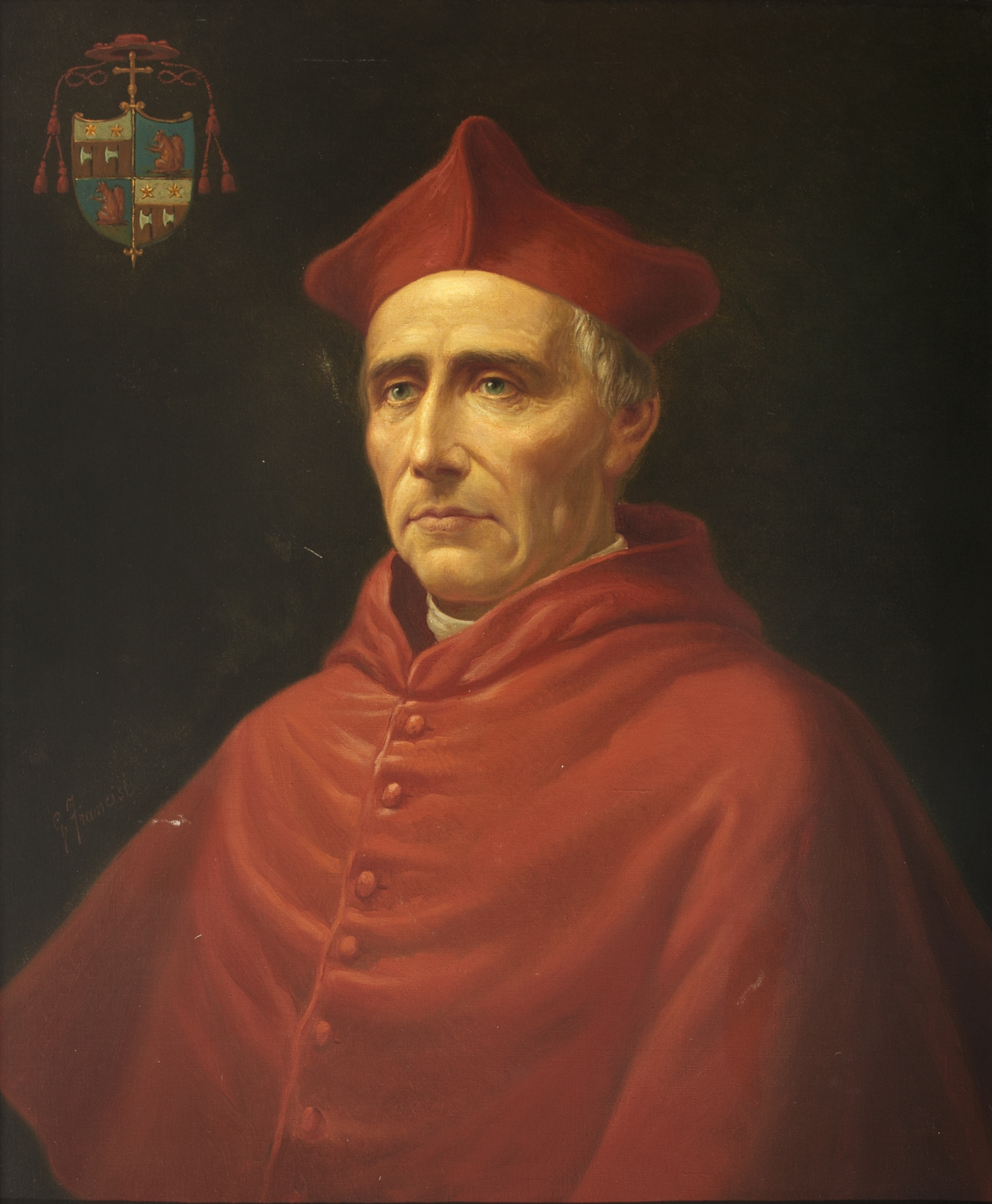Christopher Bainbridge
|
His Eminence Christopher Bainbridge D.Cn., CL |
|
|---|---|
| Cardinal, Archbishop of York Primate of England |
|
 |
|
| Province | York |
| Diocese | York |
| Installed | 1508 (appointed) |
| Term ended | 1514 |
| Predecessor | Thomas Savage |
| Successor | Thomas Wolsey |
| Orders | |
| Consecration | 12 December 1507 (Bishop) |
| Created Cardinal | 10 March 1511 |
| Rank | Cardinal priest of Santi Marcellino e Pietro (1511) Cardinal priest of Santa Prassede (1511–1514) |
| Personal details | |
| Born |
c. 1462/1464 Hilton, near Appleby, Westmorland, England |
| Died | 14 July 1514 (aged c. 48/50) |
| Buried | Chapel of St Thomas of Canterbury at the English hospice, Rome |
| Nationality | English |
| Denomination | Roman Catholic Church |
Christopher Bainbridge (c. 1462/1464 – 1514) was an English Cardinal of the Roman Catholic Church. He served as Archbishop of York from 1508 until his death.
The cardinal came from a Westmorland family with roots in Bainbridge, North Yorkshire and was a maternal nephew of Thomas Langton, Bishop of Winchester, which may account for his charmed early life. He was granted an indult in 1479 which allowed him to hold church benefices while still unordained and under the age of 16, and another in 1482 that allowed him to hold more than one benefice concurrently. He was said to have been fifty years old at his death and must therefore have been born about 1464.
He was described as a magister, or scientist, by 1486; at Bologna he was admitted DCL in 1492; he was in Rome between 1492–1494. Appointed Provost of Queen's College, Oxford in 1496, and Master of the Rolls in 1504, he was incorporated at Lincoln's Inn on 20 January 1505. By 1497, he had become chaplain to Henry VII; in 1503 dean of York; in 1505 he was Dean of St. George's Chapel, Windsor. He was appointed Bishop of Durham on 27 August 1507.
Bainbridge was translated to York on 22 September 1508, a sign of the favour he enjoyed at court. On 24 September 1509, King Henry VIII (whose coronation he had attended) appointed Bainbridge to be his ambassador to Pope Julius II.
...
Wikipedia
